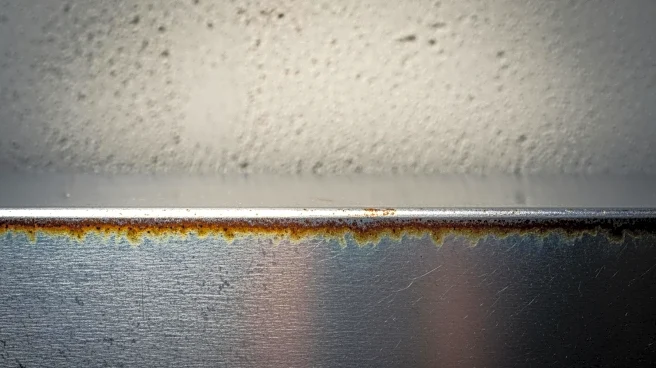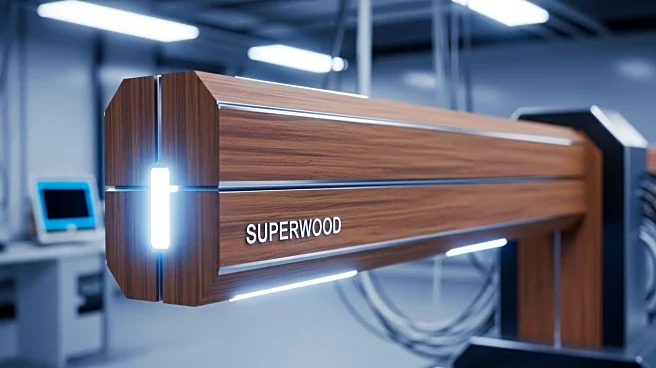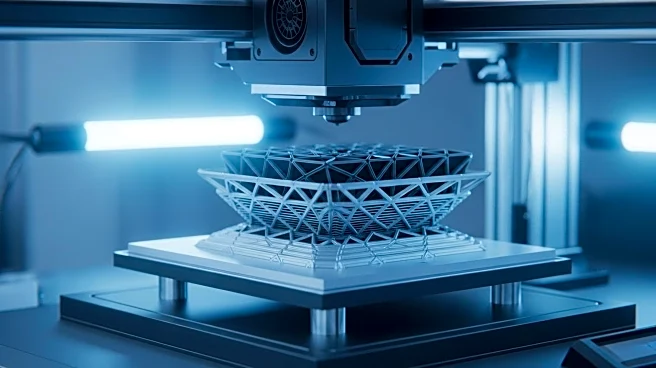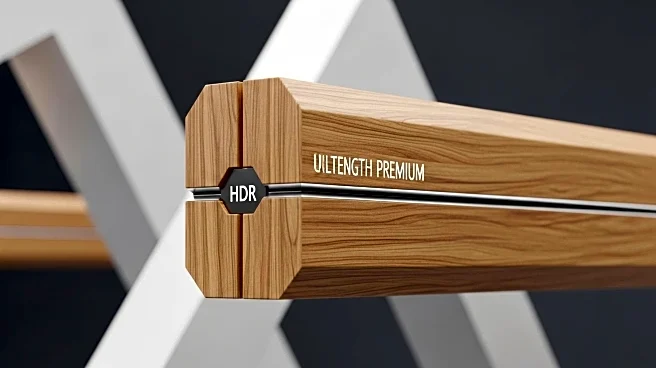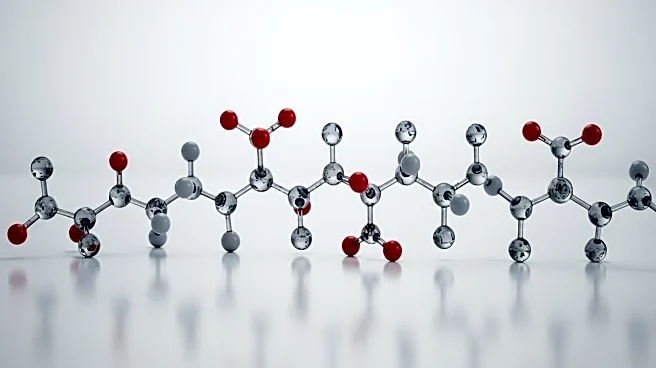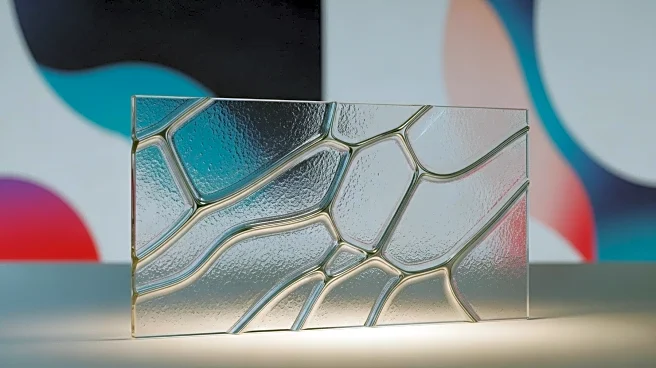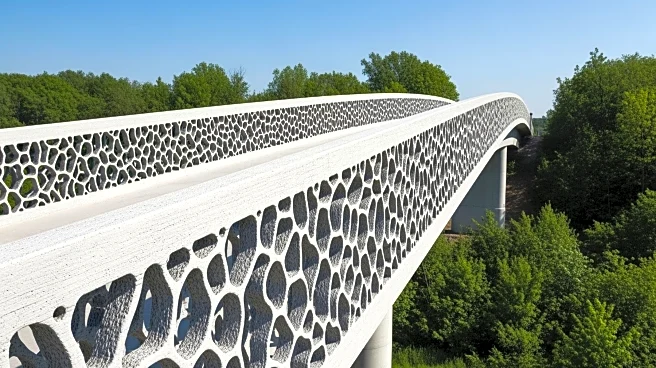What's Happening?
Recent research has focused on the surface oxidation of FeSiB amorphous alloy and its impact on metallic glass fiber reinforced cement mortar. The study utilized Fe78Si9B13 amorphous alloy fibers, both
in pristine and oxidized forms, to prepare fiber-reinforced cement mortars. The oxidation process involved annealing the alloy at 250°C for 60 minutes, which resulted in a partially oxidized surface. This oxidation was confirmed through various analyses, including XRD, SEM, and XPS, which showed the formation of iron-rich oxides on the surface. The study found that the oxidized fibers improved the mechanical properties of the cement mortar, increasing both compressive and flexural strengths compared to mortars reinforced with pristine fibers.
Why It's Important?
The findings of this study have significant implications for the construction industry, particularly in the development of stronger and more durable building materials. By enhancing the bonding between the fibers and the cement matrix, the oxidized fibers improve the load-transfer efficiency, leading to increased strength of the mortar. This could result in more resilient infrastructure, potentially reducing maintenance costs and extending the lifespan of buildings and other structures. The use of such advanced materials could also contribute to more sustainable construction practices by optimizing material usage and improving the performance of building components.
What's Next?
Further research could explore the scalability of this technology for commercial applications, as well as the long-term durability of structures using oxidized metallic glass fibers. Additionally, the potential for using similar oxidation techniques on other types of metallic fibers could be investigated to broaden the range of applications. Industry stakeholders, including construction companies and material scientists, may take interest in these findings to develop new standards and practices for reinforced concrete structures.
Beyond the Headlines
The study highlights the potential for innovative material science to transform traditional industries. The use of nanotechnology and advanced materials like FeSiB amorphous alloy could lead to a paradigm shift in how materials are designed and utilized in construction. This development also raises questions about the environmental impact of producing such materials and the lifecycle analysis of structures built with them, which could be areas for future exploration.
